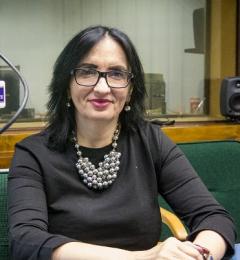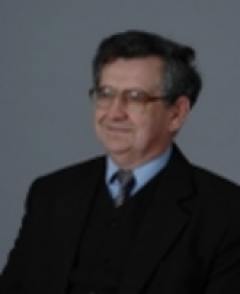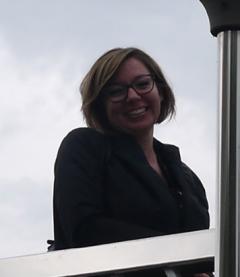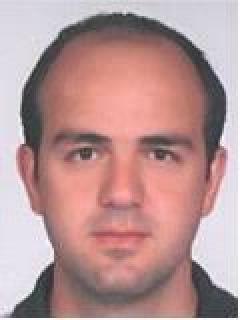The Relaxometry Team of University of Warmia and Mazury (UWM) was formed in 2011, shortly after arrival of professor Danuta Kruk to Olsztyn. Originally based on the professor’s apprentices from Jagiellonian University and close scientific partners from the Faculty, over the years the team has grown and currently consists of researchers and collaborators from across Poland and the EU.
The major breakthrough came in 2013, after getting a Polish Ministry of Science and Higher Education investment grant for establishing the Laboratory of Dynamics and Structure of Condensed Matter at UWM. The grant agreement allowed for equipping the laboratory with STELAR’s Fast Field-Cycling (FFC) NMR Relaxometer along with 2T superconducting magnet compatible with the Relaxometer (now, due to the one of the project agreement, the 2T was replaced by 3T magnet).
Since the early beginning the team is mainly focused on the theoretical studies of evolution and relaxation of spin systems in condensed matter, while the experimental work is driven by current challenges in molecular chemistry and physics and is supported by collaboration with experts from all around the world. Our scientific potential is progressively growing. Recently, we have developed a theoretical framework and designated software for the calculations of proton relaxation rate enhancement due to the presence quadrupolar nuclei for an arbitrary motional conditions and interaction strength. The software is considered as a candidate for the EC Innovation Radar Prize 2017. Beside the quadrupolar relaxation enhancement effects, we are working on the proton relaxation theory in the low fields, which appears to be crucial for the future MRI techniques. Although our efforts are mainly focused on the theory of spin relaxation, we are not forgetting about the experimental progress. Currently, we are waiting for the unique add-on to our FFC NMR Relaxometer, which, in the near future, will allow us to measure magnetic field-dependent relaxation rates of condensed systems at high pressures.







